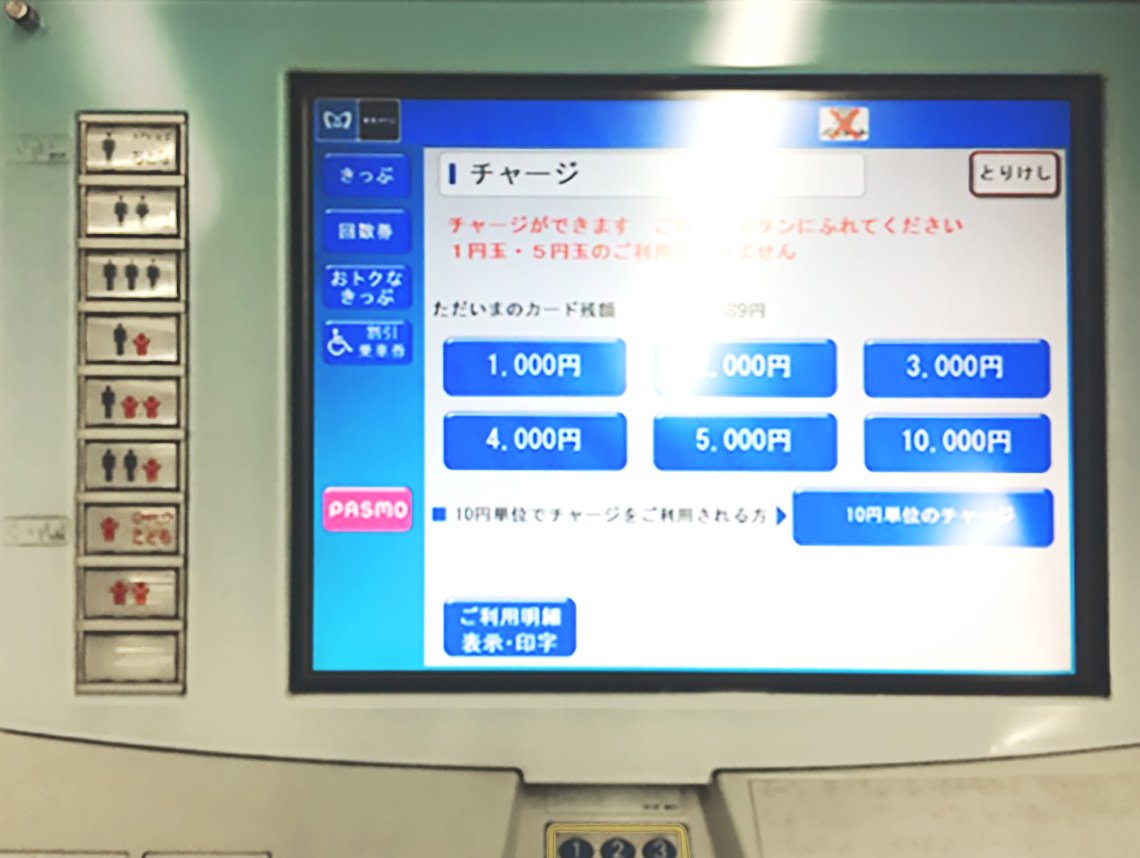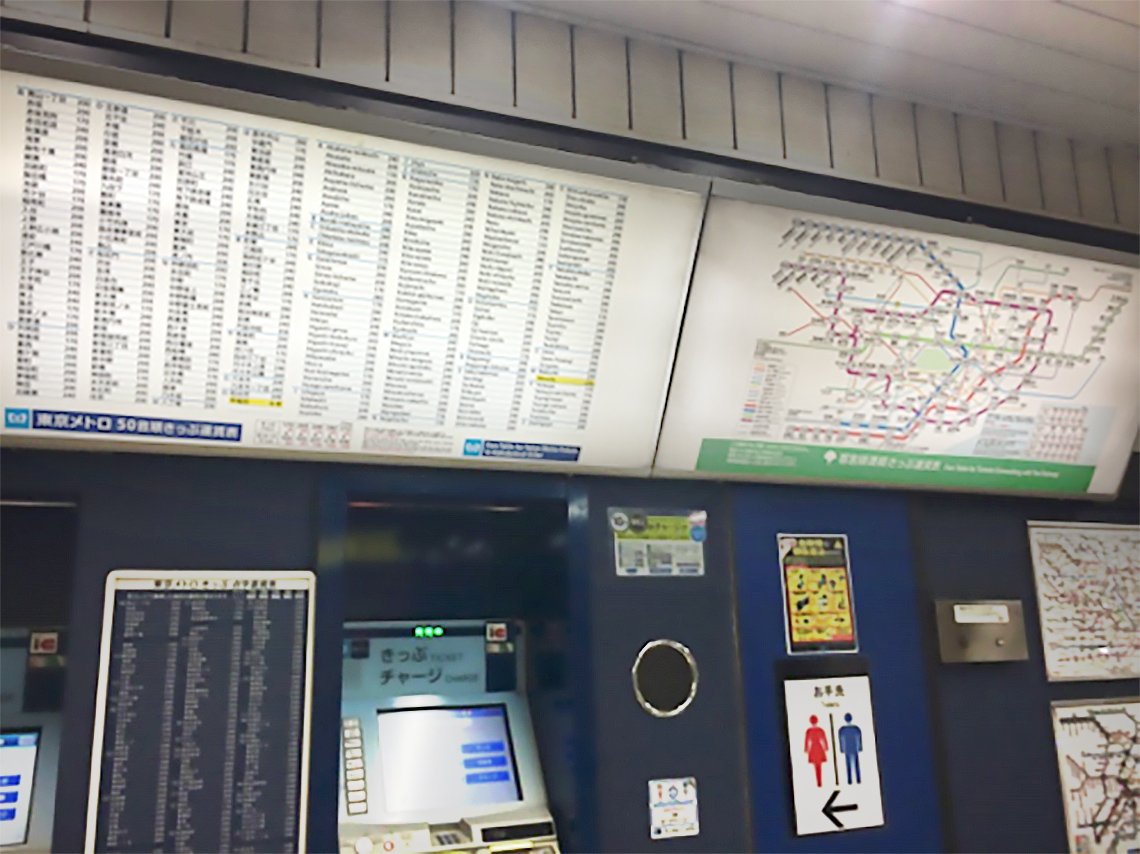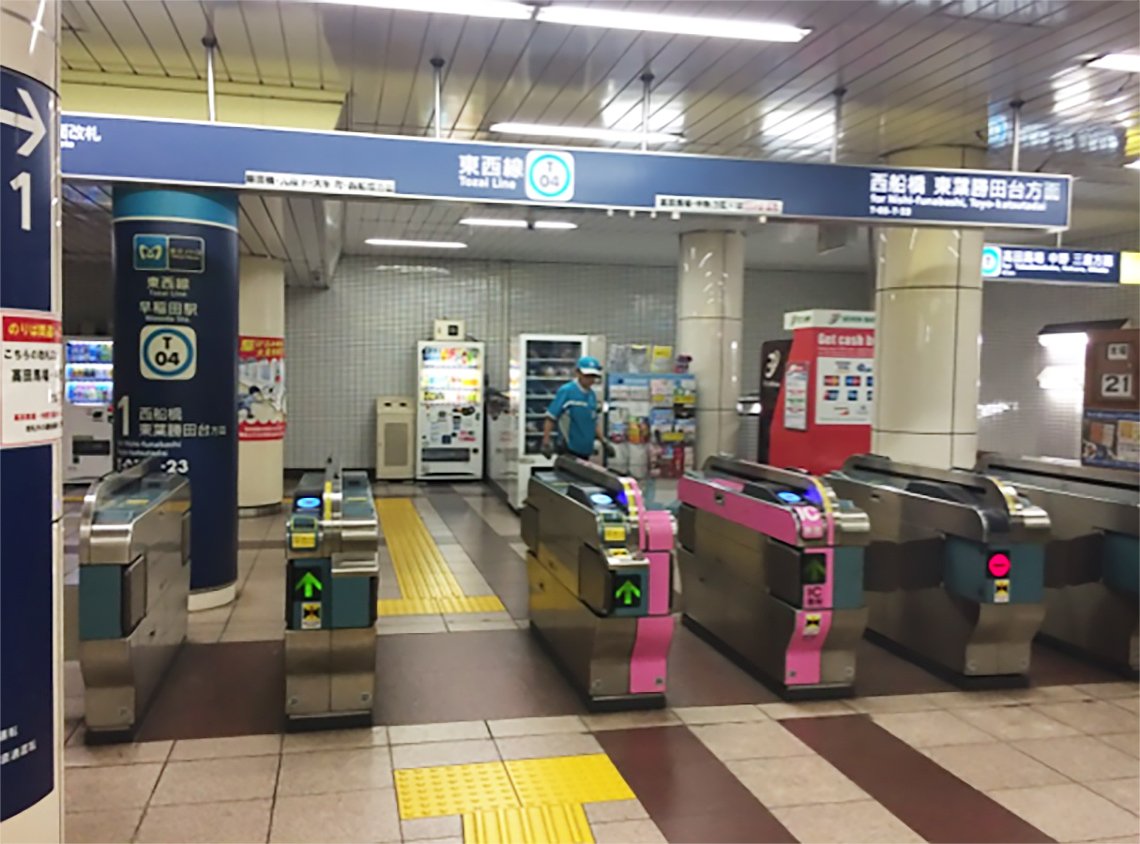It is said that life in Japan is quite different from my hometown, Bandung. We encounter quite a significant difference in transportation. For example, when I am in Bandung, I often use angkot, a public transportation, rather than taking the bus to go to university, wandering around, or riding other vehicles.
In Japan, each city has different modes of transportation. When I first lived in Japan, I lived in a small city called Kofu. When I went out, I often used my bicycle or walked. However, if my destination was quite far away or I was getting tired, I would take the train or the city bus. Most of the trains in Kofu are JR, and there are very few subways. The train timetable is different from Tokyo, where trains come every minute, so I think there is an interval of more than 10 minutes between trains.
When I finally had to move to Tokyo to complete my Master's degree, it was really difficult to understand the Tokyo transportation system. Here in Tokyo, the transportation options are quite diverse, ranging from bicycles, taxis, buses, trams, subways, and JR trains. However, I often use the subway and JR trains because they are faster than the other modes of transportation. When I first moved to Tokyo, I was very confused because I was not used to it and the transportation situation was quite different from Bandung and Kofu, where I had lived before. However, over time, I have been able to adapt quite well.
For us to use public transportation in Japan, it would be better to get a card to make it easier to ride. Especially in Tokyo, we can choose to get PASMO and Suica. In many places in Tokyo, when we go to the platform, as long as the automatic ticket gate says IC card, we can use both cards so we don't have to worry about which one to choose.
How to use the train in Tokyo.
1.
I buy a 500 yen PASMO or Suica.
2.
When you first create a PASMO or Suica card, you can start with 1,000 yen or 10,000 yen.

3.
Make sure you know the route to your destination. You can check it on the map (route map) near the station staff room. Route maps are usually written in kanji, but don't worry, you can also find route maps written in alphabets.

4.
Once you know your route, touch your card to the automatic ticket gate. The gate doors will open and you can easily enter the platform.


5.
Once inside, wait in the waiting area set up on the platform. There will usually be many train cars and signs nearby to line up.
6.
When the train arrives, please let passengers get off first.
7.
Once the passengers have gotten off, get on the train.
8.
Most seats on Japanese trains have priority seating, but it would also be a good idea to give seats to people who need them, such as pregnant women, children, and the elderly.
9.
To prevent this and to make sure we don't forget to check where we are, we usually have a screen on the train that tells us where we are.
I hope this article has provided you with some new information about transportation in Japan.
Annisa Dwi Kanya
Indonesia
This article has been partially re-edited by KARUTA from an article published on Guidable.
